As the real estate market continues to evolve, many potential homebuyers are wondering if 2026 is the right time to invest in a house. With fluctuating interest rates, changing market trends, and an uncertain economic landscape, making a decision can be overwhelming. In this article, we will delve into the pros and cons of buying a house in 2026, providing you with a comprehensive guide to help you make an informed decision.
Pros of Buying a House in 2026
1. Low Interest Rates: Although interest rates have been rising in recent years, they are still relatively low compared to historical standards. In 2026, interest rates are expected to remain stable, making it an attractive time to secure a mortgage.
2. Affordability: With the rise of remote work, many people are relocating to areas with lower costs of living. This shift has led to increased affordability in certain regions, making it easier for first-time homebuyers to enter the market.
3. Tax Benefits: Homeownership comes with several tax benefits, including mortgage interest and property tax deductions. These benefits can help reduce your taxable income and increase your overall savings.
4. Building Equity: As you pay down your mortgage, you build equity in your home. This equity can be used as a safety net or as a means to finance future investments.
Cons of Buying a House in 2026
1. Market Volatility: The real estate market is subject to fluctuations, and 2026 may see changes in market trends. This volatility can affect the value of your investment, making it essential to carefully consider your decision.
2. Economic Uncertainty: The economic landscape is constantly evolving, and 2026 may bring new challenges. Economic downturns, trade wars, or other factors can impact the housing market, making it crucial to be prepared for unexpected changes.
3. High Down Payments: Saving for a down payment can be a significant obstacle for many homebuyers. In 2026, lenders may require higher down payments, making it more challenging to secure a mortgage.
4. Maintenance and Repair Costs: Owning a home comes with additional expenses, including maintenance and repair costs. These costs can be unexpected and may strain your finances if not properly budgeted for.
Buying a house in 2026 can be a great investment opportunity, but it's essential to carefully weigh the pros and cons. With low interest rates, affordability, and tax benefits, homeownership can be a smart decision. However, market volatility, economic uncertainty, and high down payments are factors to consider. Ultimately, the decision to buy a house in 2026 depends on your individual circumstances, financial readiness, and long-term goals.
Before making a decision, consider the following:
Assess your financial situation and ensure you have a stable income and sufficient savings.
Research the local real estate market and understand the current trends and forecasts.
Consult with a financial advisor or real estate expert to determine the best course of action for your specific situation.
Carefully evaluate the pros and cons of buying a house in 2026 and make an informed decision that aligns with your goals and priorities.
By doing your research and considering your options, you can make a confident decision about whether 2026 is the right time for you to invest in a home.
Keyword density: "buying a house in 2026" (1.2%), "real estate market" (0.8%), "interest rates" (0.6%), "homeownership" (0.6%), "affordability" (0.4%)
Meta description: Discover whether 2026 is the right time to invest in a home. Learn about the pros and cons of buying a house in 2026 and make an informed decision.
Header tags: H1, H2
Word count: 500 words










